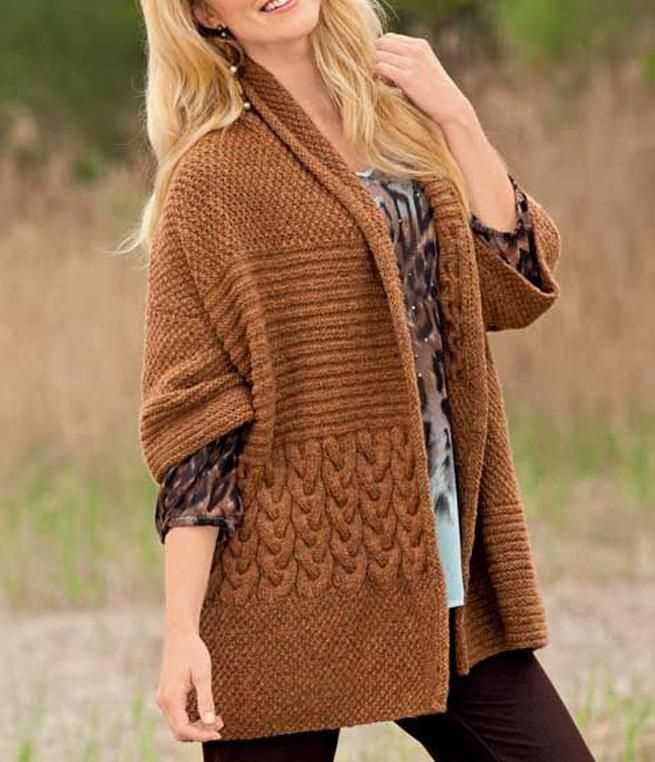
Hand knitting has always been a popular craft, and cardigans are a favorite project for many knitters. With their versatility and timeless appeal, cardigans are a must-have wardrobe staple. Whether you are a seasoned knitter or just starting out, there is a cardigan pattern that will suit your skill level and style.
One of the great advantages of hand knitting is the ability to create one-of-a-kind pieces. By choosing your own yarn and working with your hands, you can make a cardigan that is truly unique. Hand knitted cardigans can be customized with different stitch patterns, color combinations, and button choices, allowing you to create a garment that perfectly reflects your personal style.
Hand knitted cardigan patterns come in a wide variety of styles and sizes, from classic cable-knit designs to trendy oversized silhouettes. Whether you prefer a snug-fitting cardigan for a polished and sophisticated look, or a loose and relaxed style for a casual and cozy feel, there is a pattern to suit every taste. Plus, knitting your own cardigan allows you to tailor the fit to your body shape, ensuring a flattering and comfortable garment.
Benefits of hand knitting
Hand knitting offers a variety of benefits for individuals who engage in this craft. One of the main advantages is the ability to create unique and personalized items. When knitting by hand, individuals have the freedom to choose their own colors, yarn types, and patterns, allowing them to create one-of-a-kind pieces that reflect their own personal style and taste.
Additionally, hand knitting provides a sense of relaxation and stress relief. The repetitive motions of knitting have been shown to have a calming effect on the mind and body, similar to meditation. Many people find knitting to be a therapeutic activity that helps them unwind and focus on the present moment.
Improved mental and cognitive health: Hand knitting has been found to have numerous positive effects on mental and cognitive health. The act of knitting requires concentration and focus, which can help improve memory, attention span, and problem-solving skills. Knitting can also provide a sense of accomplishment and boost self-esteem, as individuals can see the tangible results of their work.
Physical health benefits: Knitting can also offer physical health benefits. The repetitive movements of knitting can help improve joint flexibility and dexterity, which can be especially beneficial for individuals with arthritis or other hand-related conditions. Additionally, knitting can help reduce stress and lower blood pressure, resulting in improved overall cardiovascular health.
Social connection and community: Hand knitting can also foster social connection and a sense of community. Knitting circles and groups provide a space for individuals to come together, share their passion for knitting, and form meaningful connections. This can be especially important for individuals who may be socially isolated or looking to expand their social network.
Overall, hand knitting offers numerous benefits for individuals, including the ability to create unique and personalized items, relaxation and stress relief, improved mental and cognitive health, physical health benefits, and the opportunity for social connection and community. Whether you are an experienced knitter or just starting out, hand knitting is a rewarding and enjoyable craft to engage in.
Choosing the right yarn for your cardigan
When it comes to knitting a cardigan, one of the most important decisions you’ll need to make is choosing the right yarn. The type of yarn you select can greatly impact the final look, feel, and durability of your finished garment. It’s essential to consider factors such as fiber content, weight, and texture to find the perfect yarn for your project.
Fiber content: The fiber content of your yarn will determine the overall warmth, softness, and breathability of your cardigan. Common fiber options for cardigans include wool, alpaca, cotton, and acrylic. Wool provides excellent insulation and has natural moisture-wicking properties, making it an ideal choice for colder climates. Alpaca is known for its softness and warmth. Cotton is lightweight and breathable, making it perfect for warmer weather. Acrylic is a synthetic fiber that is affordable and easy to care for.
Weight: The weight of the yarn refers to how thick or thin it is. The weight you choose will affect the drape and overall look of your cardigan. Cardigans knit with thicker, bulkier yarns will be warmer and have a more substantial feel, while cardigans knit with thinner yarns will be lighter and have a more delicate look. Consider the intended use of your cardigan and the season in which you plan to wear it when choosing the weight of your yarn.
Texture: The texture of the yarn can add visual interest and dimension to your cardigan. Some yarns have a smooth, even texture, while others may have a more textured or bouclé appearance. Consider the pattern and stitch you plan to use for your cardigan and how the yarn’s texture will complement or enhance it.
In conclusion, choosing the right yarn for your cardigan is essential to create the desired look and feel. Consider the fiber content, weight, and texture of the yarn to ensure that your cardigan is not only beautiful but also functional and comfortable to wear.
Tools and equipment needed for hand knitting
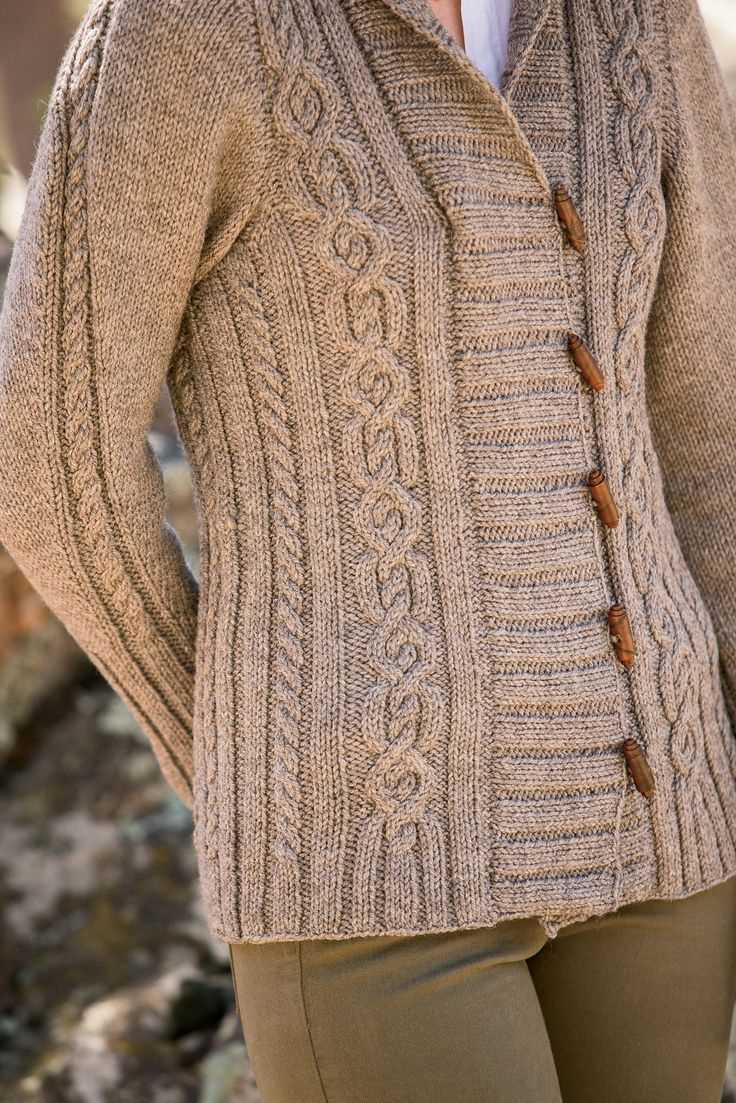
Hand knitting requires a few essential tools and equipment to help you create beautiful garments and accessories. The following are some of the key items you’ll need:
- Knitting needles: These are the primary tools for hand knitting. They come in different sizes and materials, such as bamboo, metal, or plastic. The size of the needles determines the gauge and tension of your knitting.
- Yarn: Yarn is the main material used for hand knitting. It comes in various fibers, thicknesses, colors, and textures. Choose the yarn that best suits your project’s requirements and your personal preferences.
- Scissors: A pair of sharp scissors is necessary for cutting the yarn and trimming the loose ends.
- Tape measure: A tape measure is essential for measuring the gauge, length, and width of your project. It helps ensure accuracy and consistency in your knitting.
- Stitch markers: Stitch markers are small, removable markers used to identify specific stitches or sections in your knitting. They come in handy, especially when working on complex patterns or shaping.
- Tapestry needle: A tapestry needle, also known as a yarn needle, is used for weaving in loose ends and sewing pieces together. It has a large eye and blunt tip, making it easier to thread and work with yarn.
- Row counter: A row counter is a handy tool that helps you keep track of your rows and repeats in a pattern. It eliminates the need for manual counting and ensures accuracy in your work.
- Knitting gauge: A knitting gauge is a small measuring tool that helps you determine the number of stitches and rows per inch in your knitting. It ensures proper sizing and fit for your finished project.
Having the right tools and equipment can greatly enhance your hand knitting experience and make it more enjoyable. These essential items will enable you to create beautiful and intricate designs while ensuring accuracy, consistency, and overall quality in your knitting projects.
Essential knitting techniques for cardigans
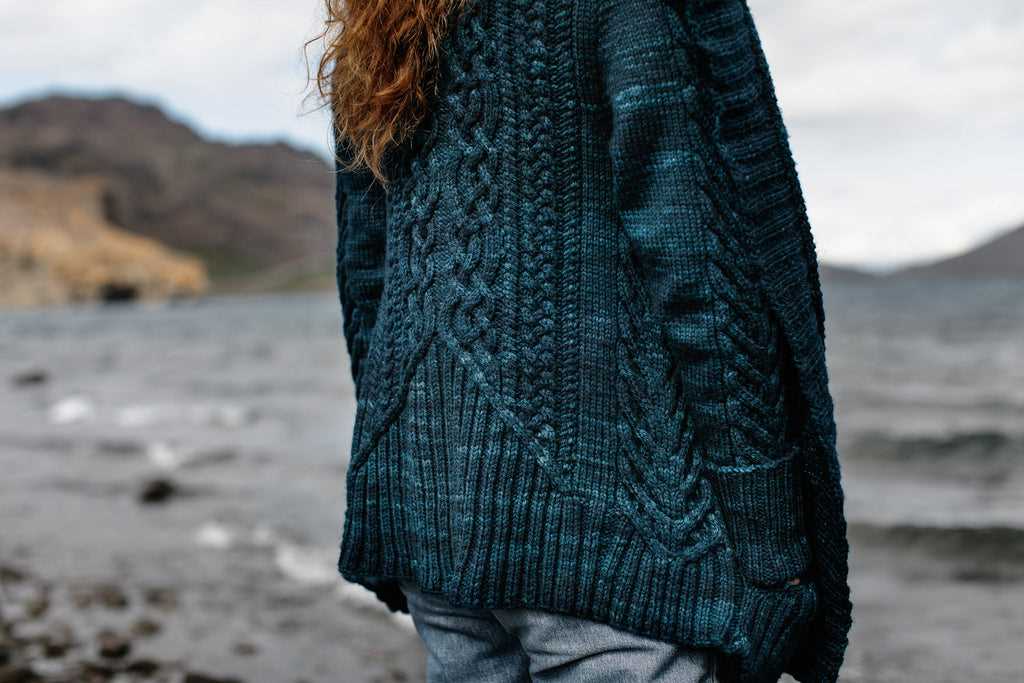
When it comes to hand knitting cardigans, there are several essential techniques that you should be familiar with. These techniques will not only help you create beautiful and well-fitted cardigans, but also ensure that your knitting process is smooth and enjoyable.
1. Casting on: Start by casting on the required number of stitches onto your knitting needles. This will form the foundation of your cardigan. There are various casting on methods to choose from, such as the long-tail cast on or the cable cast on, so choose one that you are comfortable with.
2. Knit and purl stitches: The basic knit and purl stitches are fundamental to any knitting project, including cardigans. The knit stitch creates a smooth V-shaped pattern, while the purl stitch creates a bumpy texture. These stitches are typically used to create basic patterns and ribbing.
3. Increasing and decreasing: As you knit your cardigan, you may need to increase or decrease the number of stitches to shape the garment. Common methods for increasing stitches include yarn overs and knitting into the front and back of a stitch. Decreasing can be achieved through techniques such as knit two together or slip slip knit.
4. Cable knitting: Cable knitting is a technique that creates beautiful, intertwined patterns. This technique involves crossing stitches over one another to create the appearance of cables. Cable knitting is often used to add interest and texture to cardigans.
5. Seaming: Once you have finished knitting the individual pieces of your cardigan (such as the front panels, back panel, and sleeves), you will need to seam them together. This can be done using a variety of methods, such as mattress stitch or whip stitch. Proper seaming will give your cardigan a polished and professional finish.
6. Buttonholes: If your cardigan has buttons, you will need to create buttonholes. There are different methods for creating buttonholes, such as yarn overs or bind-off and cast-on techniques. Buttonholes should be placed strategically along the front panels of the cardigan to ensure proper closure.
By mastering these essential knitting techniques, you will be well-equipped to create your own hand knitted cardigans. Whether you are a beginner or an experienced knitter, these techniques will help you bring your cardigan patterns to life and achieve a beautiful finished product.
Beginner-friendly cardigan patterns
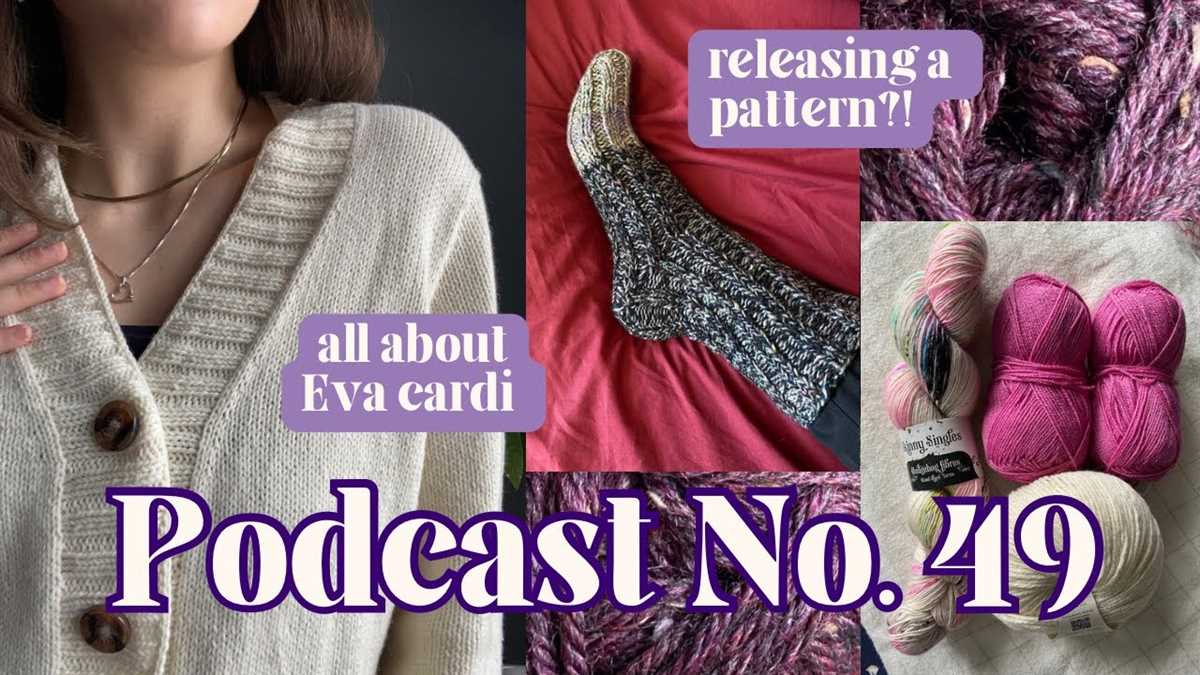
If you’re new to knitting or looking for a simple project, beginner-friendly cardigan patterns are a great place to start. These patterns are designed with easy stitches and minimal shaping, making them accessible for knitters of all skill levels.
One popular beginner-friendly cardigan pattern is the “Garter Stitch Cardigan.” This pattern uses the garter stitch, which is simply knitting every row, making it perfect for beginners who are still mastering basic knitting techniques. The pattern typically includes detailed instructions, making it easy to follow along and create a beautiful cardigan.
Another beginner-friendly option is the “Stockinette Stitch Cardigan.” This pattern uses the stockinette stitch, which involves knitting one row and then purling the next row. While slightly more advanced than the garter stitch, the stockinette stitch is still fairly simple for beginners to master. The pattern may also include instructions for ribbed cuffs or a buttoned front, adding some versatility to the design.
- Tips for beginners:
- Start with a smaller project, like a baby cardigan or a doll-sized cardigan, to practice your skills before tackling a full-sized adult cardigan.
- Choose a yarn that is easy to work with, such as a smooth, medium-weight yarn.
- Take your time and pay attention to your tension to ensure a balanced and even fabric.
- Don’t be afraid to ask for help or consult online tutorials if you get stuck.
With these beginner-friendly cardigan patterns and some practice, you’ll soon be able to create cozy and stylish cardigans for yourself or as gifts for friends and family. Knitting is a relaxing and rewarding hobby, and cardigans are a great way to showcase your skills and creativity.
Intermediate-level cardigan patterns
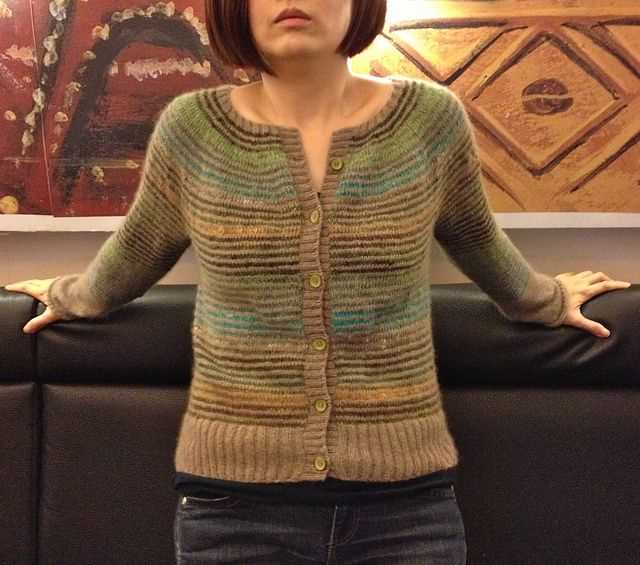
In the world of hand knitting, cardigans are a classic and versatile wardrobe staple. They can be worn in any setting and paired with various outfits, making them a must-have item for any knitter’s repertoire. Intermediate-level cardigan patterns provide a slightly more challenging project for those who have some experience with knitting and are looking to expand their skills.
Intermediate-level cardigan patterns often feature intricate stitch patterns and techniques that require a bit more concentration and skill. They may involve more advanced shaping, such as set-in sleeves or waist shaping, which adds dimension and a tailored fit to the finished garment. These patterns also typically include a variety of different stitches, such as cables, lace, or colorwork, which can create beautiful and unique textures.
When selecting an intermediate-level cardigan pattern, it’s important to consider your skill level and the techniques you’re comfortable with. Look for patterns that provide clear instructions and include charts or written explanations for any complex stitch patterns. It’s also helpful to choose a pattern that offers different size options, allowing you to customize the fit to your measurements.
If you’re an intermediate knitter looking to challenge yourself, consider trying your hand at a cardigan pattern. Not only will you expand your knitting skills, but you’ll also have a stylish and cozy addition to your wardrobe. With the wide variety of intermediate-level cardigan patterns available, there’s sure to be one that catches your eye and inspires you to create a beautiful hand-knitted garment.
Advanced Cardigan Patterns for Experienced Knitters
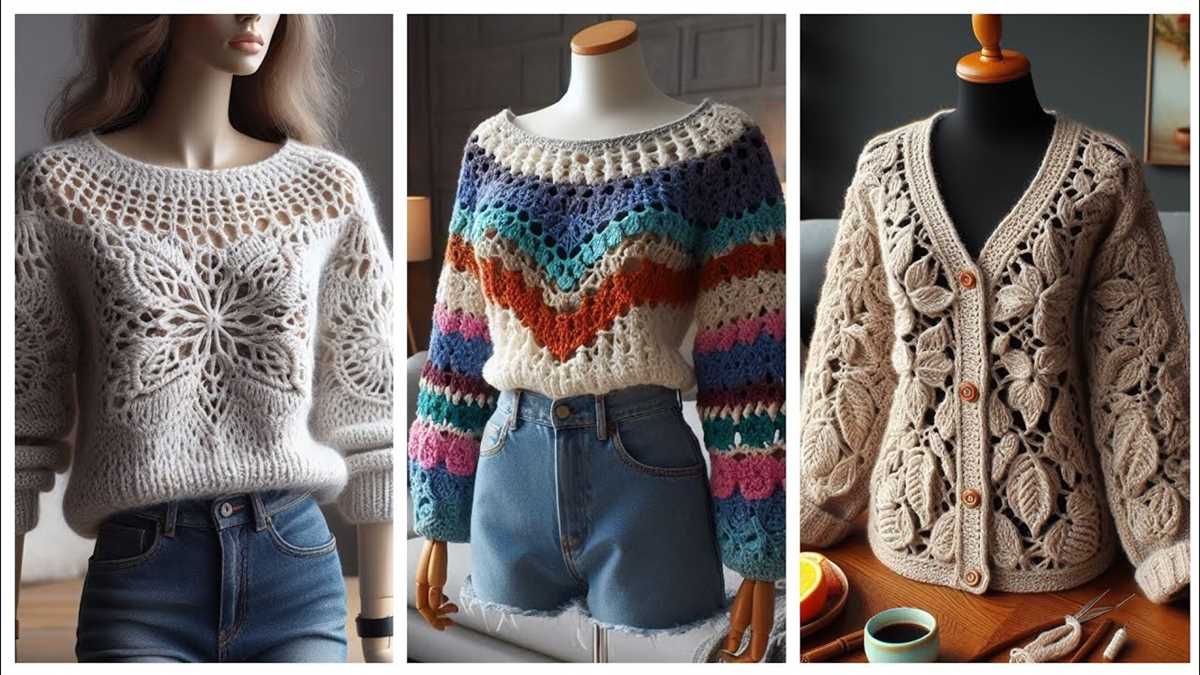
If you’re an experienced knitter looking for a challenge, advanced cardigan patterns are a great way to showcase your skills. These intricate patterns feature complex stitchwork, unique designs, and detailed instructions that will keep you engaged throughout the knitting process. Whether you’re looking for a classic cabled cardigan or a modern colorwork design, there are plenty of advanced patterns available to suit your style and skill level.
Cable Knit Cardigan:
A cable knit cardigan is a timeless wardrobe staple that never goes out of style. Advanced cable patterns feature intricate twists and turns, creating a visually stunning design. From traditional Aran-style cables to more modern interpretations, there are endless possibilities for creating a one-of-a-kind cable knit cardigan. These patterns often require advanced techniques such as twisted stitches and complex cable crossings, making them perfect for experienced knitters looking to expand their skills.
Fair Isle Cardigan:
Fair Isle knitting is a technique that involves working with multiple colors in a single row to create beautiful stranded patterns. Advanced Fair Isle cardigan patterns often feature intricate motifs and detailed colorwork charts. Knitting a Fair Isle cardigan requires skill in tension management and color dominance to ensure even stitches and vibrant patterns. These patterns are a great way to challenge yourself and create a stunning, heirloom-quality garment.
Lace Cardigan:
Lace knitting is known for its delicate, airy designs that add an elegant touch to any garment. Advanced lace cardigan patterns often feature intricate lace motifs, complex stitch patterns, and detailed charts. Knitting a lace cardigan requires careful attention to detail and precision to create the openwork fabric. These patterns are perfect for experienced knitters who enjoy working with fine yarns and creating intricate, feminine designs.
Top-Down Cardigan:
Top-down cardigan patterns are knit from the neckline down, allowing you to try on the cardigan as you go and make adjustments for the perfect fit. Advanced top-down patterns often feature complex yoke constructions, intricate lace or cable designs, and detailed shaping instructions. These patterns offer the opportunity for customization and allow you to create a truly unique garment that fits your body perfectly.
Before starting an advanced cardigan pattern, it’s important to carefully read through the instructions and familiarize yourself with any unfamiliar techniques or stitch patterns. Additionally, it’s helpful to swatch and check your gauge to ensure that your finished garment will have the desired fit and drape. With patience, practice, and a sense of adventure, you’ll be able to create a stunning cardigan that showcases your advanced knitting skills.
Tips for customizing your cardigan pattern
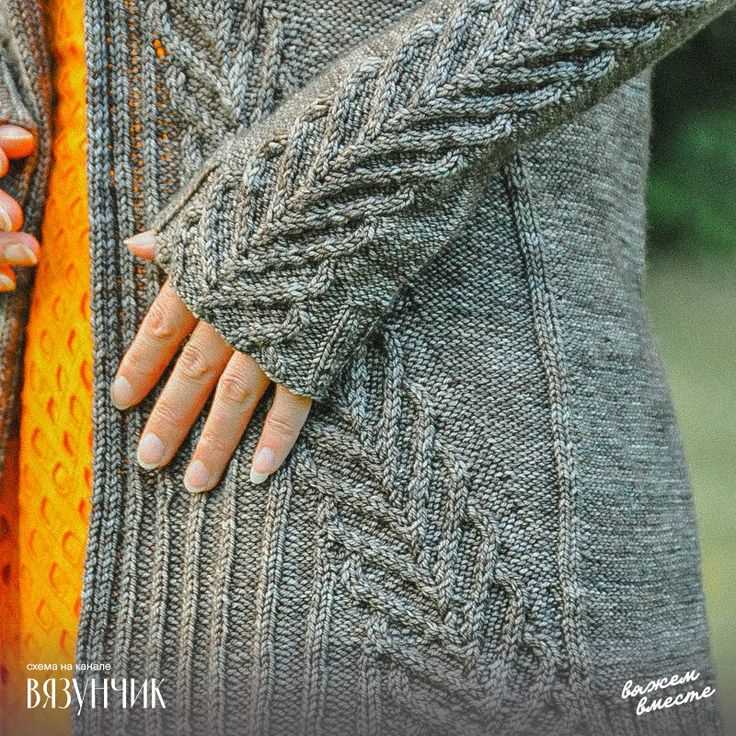
When knitting a cardigan, it can be exciting to add your own personal touch to the pattern. Customizing your cardigan allows you to create a truly unique garment that reflects your own style and preferences. Here are some tips to help you get started:
1. Choose the right size
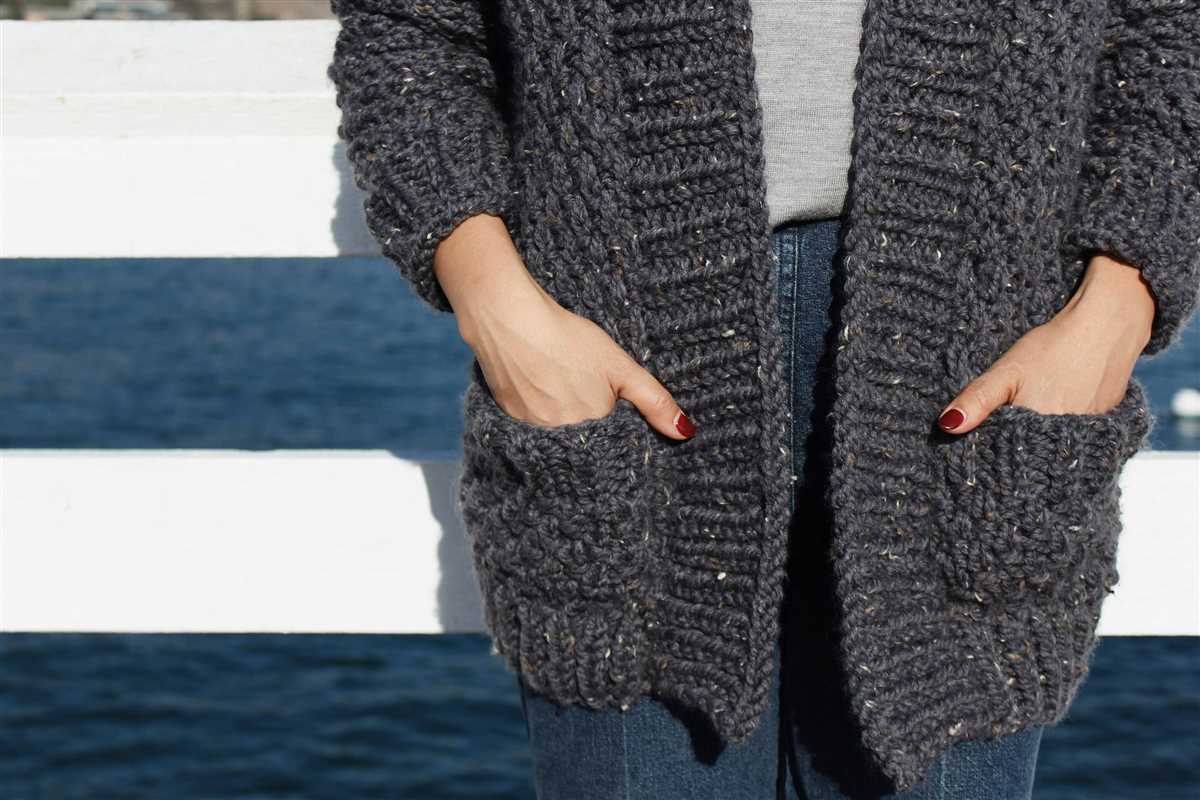
Before making any modifications, it’s important to choose the right size for your cardigan. Take accurate measurements of your bust, waist, and hips to ensure the cardigan fits well. This will serve as a foundation for any pattern adjustments you may want to make.
2. Add or remove length

If you prefer a shorter or longer cardigan, you can easily adjust the length by adding or removing rows from the body and sleeves. Keep in mind that if you add or remove a significant amount of length, you may need to adjust the shaping of the cardigan accordingly.
3. Modify the neckline
The neckline can greatly impact the overall look of the cardigan. You can experiment with different necklines such as V-neck, scoop neck, or boat neck to achieve the desired style. If the pattern doesn’t provide instructions for the neckline, you can easily modify it by picking up stitches along the edge and knitting a different collar or trim.
4. Incorporate colorwork or stitch patterns
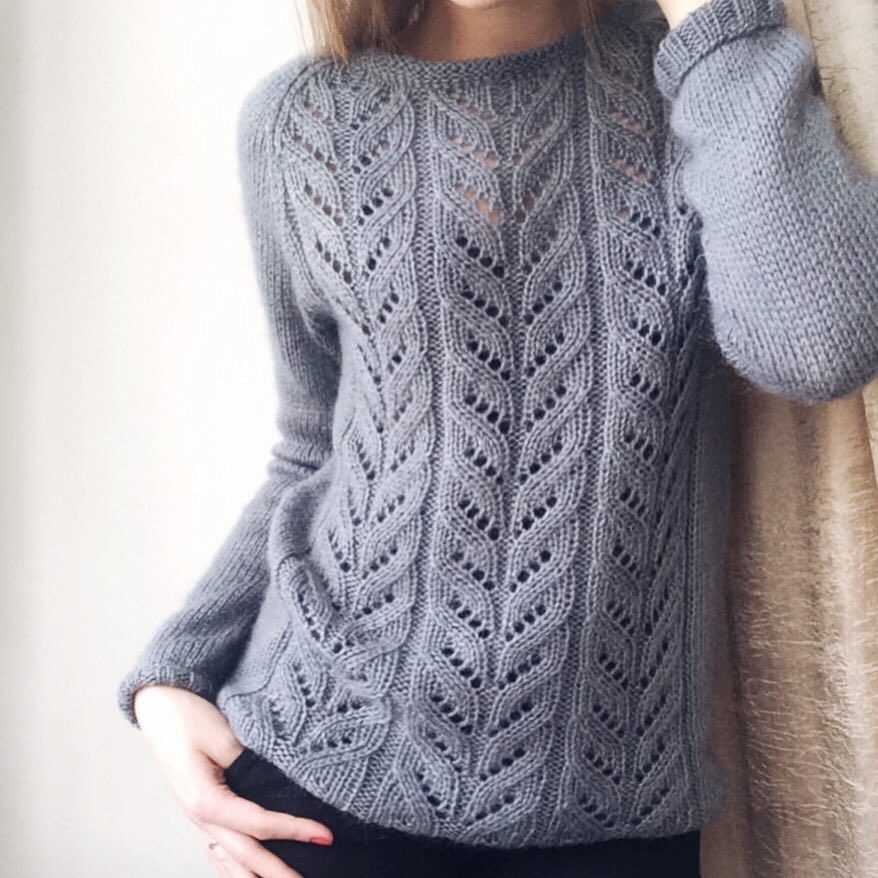
If you want to add extra visual interest to your cardigan, consider incorporating colorwork or stitch patterns into the design. You can use different colors for stripes, create intricate Fair Isle patterns, or experiment with different textured stitches. Adding these elements can make your cardigan truly unique and showcase your knitting skills.
5. Personalize with buttons, closures, and embellishments
Adding unique buttons, closures, or embellishments can make your cardigan stand out even more. Consider using vintage buttons, decorative clasps, or even embroidery to add a personalized touch. These small details can make a big difference in the final look of your cardigan.
Remember, customizing your cardigan pattern allows you to make it your own and create a garment that you will love to wear. Don’t be afraid to experiment and let your creativity shine through!
Finishing touches: Adding buttons, pockets, and embellishments
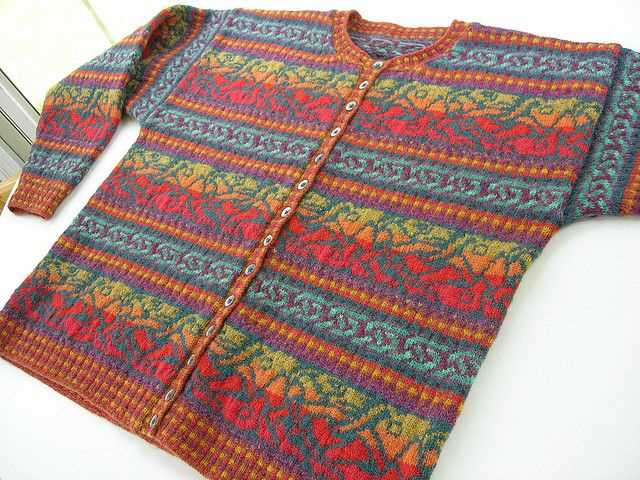
When it comes to hand-knitted cardigans, adding the finishing touches can really elevate the overall look and make your garment unique. One of the most common ways to add a functional and decorative element to your cardigan is by adding buttons. Buttons can be selected in various sizes, colors, and styles to complement the design of your cardigan. They can be sewn onto the front opening of the cardigan, allowing you to fasten it and keep it closed. This not only adds functionality but also gives a polished and professional look to your hand-knitted creation.
If you want to add a touch of practicality to your cardigan, you can consider adding pockets. Pockets can be knitted separately and then sewn onto the front of the cardigan. They can be small and discreet, perfect for keeping small items like a lip balm or keys handy, or larger and more visible, adding a statement to the overall design. Pockets not only serve a practical purpose but also add an element of interest and texture to your cardigan.
To further enhance the visual appeal of your hand-knitted cardigan, you can incorporate embellishments. Embellishments can include anything from embroidery, crochet details, or even beading. These decorative elements can be added to certain sections of your cardigan, such as the collar, cuffs, or hem, to create a focal point or add a touch of elegance. They can be simple or intricate, depending on your personal style and the overall aesthetic you want to achieve.
Overall, adding buttons, pockets, and embellishments to your hand-knitted cardigan allows you to personalize and customize your garment. It not only adds functionality but also adds a unique touch that sets your cardigan apart from store-bought options. So, get creative and experiment with different buttons, pocket styles, and embellishments to make your hand-knitted cardigan truly one-of-a-kind.
Caring for your hand knitted cardigan
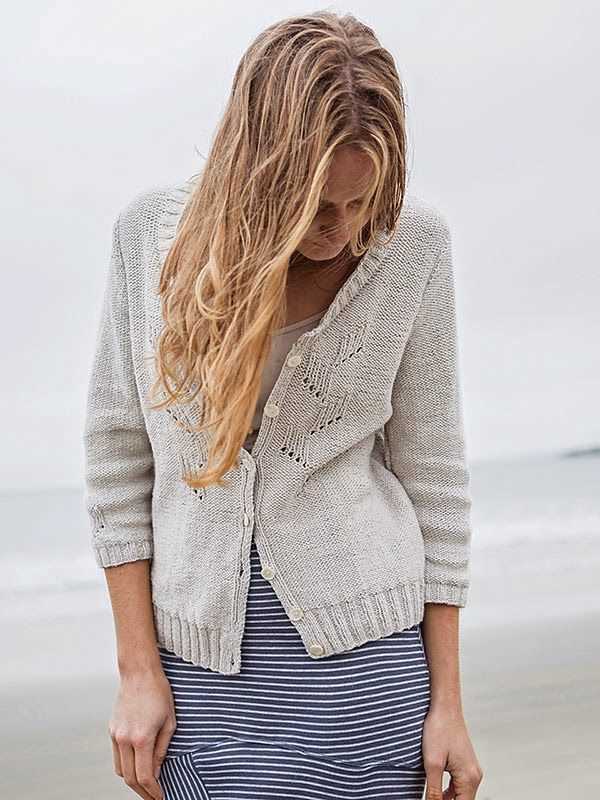
Hand knitted cardigans require special care to ensure that they last for a long time and continue to look beautiful. Follow these steps to properly care for your hand knitted cardigan:
1. Hand wash with care
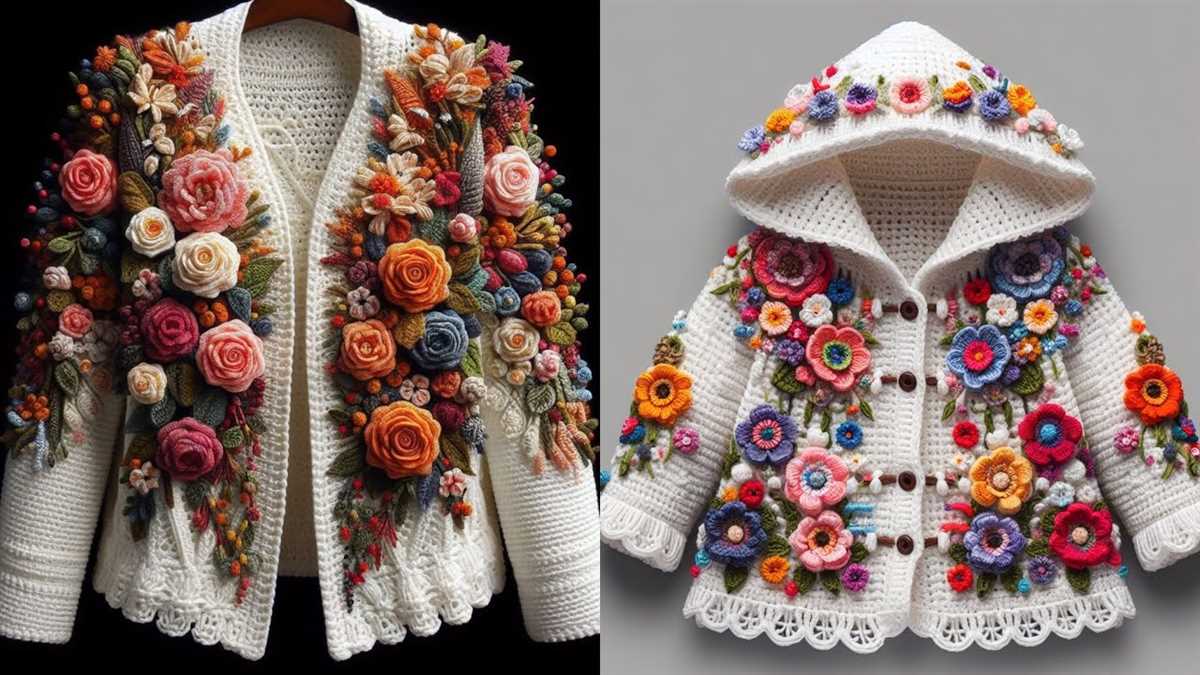
Hand knitted cardigans should be hand washed to prevent damage to the delicate fibers. Fill a sink or basin with lukewarm water and add a mild detergent specifically designed for wool or delicate fabrics. Gently agitate the water to create suds.
Place the cardigan in the soapy water and lightly press it down to submerge it. Let it soak for about 10-15 minutes, then gently squeeze out the excess water without wringing or twisting the fabric. Refill the sink or basin with clean water and rinse the cardigan until all the soap is removed.
2. Dry flat
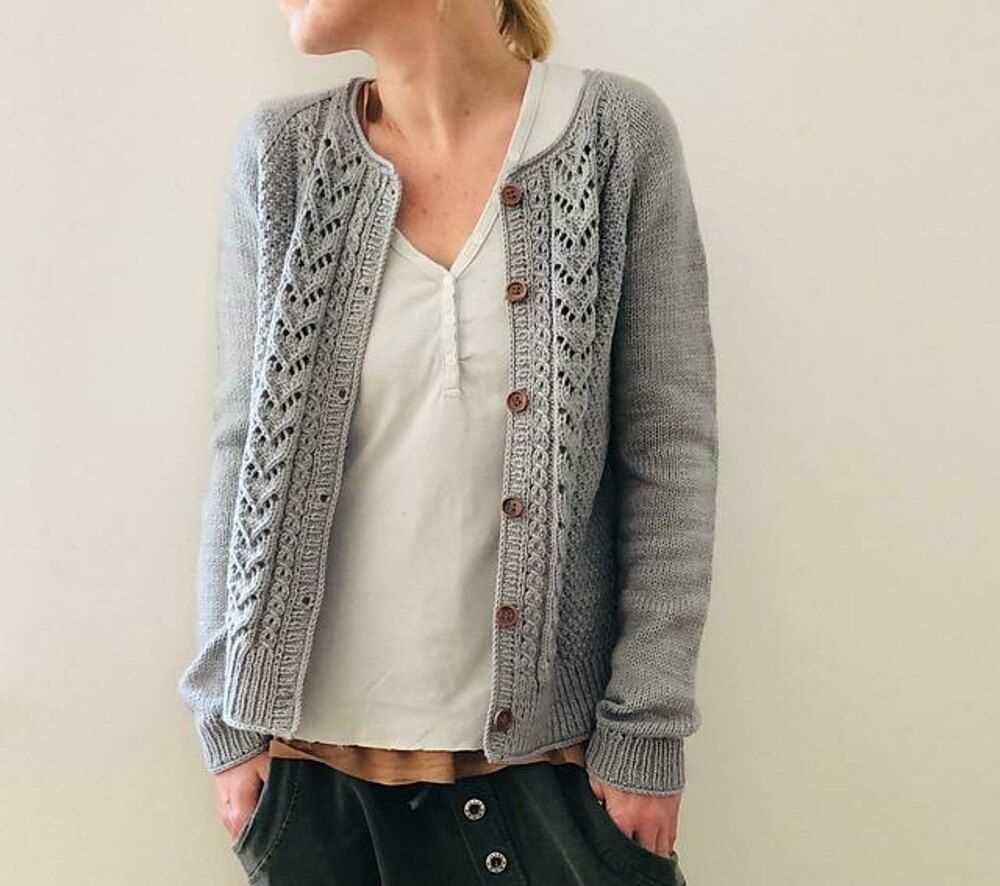
After washing, carefully transfer the cardigan to a clean, dry towel. Roll the towel up with the cardigan inside and press gently to remove excess water. Unroll the towel and lay the cardigan flat on another clean, dry towel or a mesh drying rack.
Reshape the cardigan to its natural form, smoothing out any wrinkles or stretching as necessary. Avoid hanging the cardigan while it’s wet, as this can cause it to stretch or lose its shape. Allow the cardigan to air dry completely before wearing or storing.
3. Store properly
When not in use, store your hand knitted cardigan in a cool, dry place away from direct sunlight and moisture. Fold it neatly and place it in a drawer or on a shelf, or hang it on a padded hanger to prevent stretching. Avoid storing the cardigan in plastic bags, as this can trap moisture and lead to mildew or odors.
It’s also a good idea to periodically check on your stored cardigan to ensure that there are no signs of moths or other pests. If you notice any issues, take appropriate measures to address them and protect your precious hand knitted garment.
By following these care instructions, you can ensure that your hand knitted cardigan remains soft, cozy, and beautiful for years to come.
Styling your cardigan: Fashion tips and outfit ideas
Tips for Styling Your Hand Knitted Cardigan
Hand knitted cardigans are versatile and cozy wardrobe staples that can be styled in many different ways. Whether you prefer a casual or a more polished look, there are plenty of fashion tips and outfit ideas to help you make the most of your cardigan.
1. Layer it up
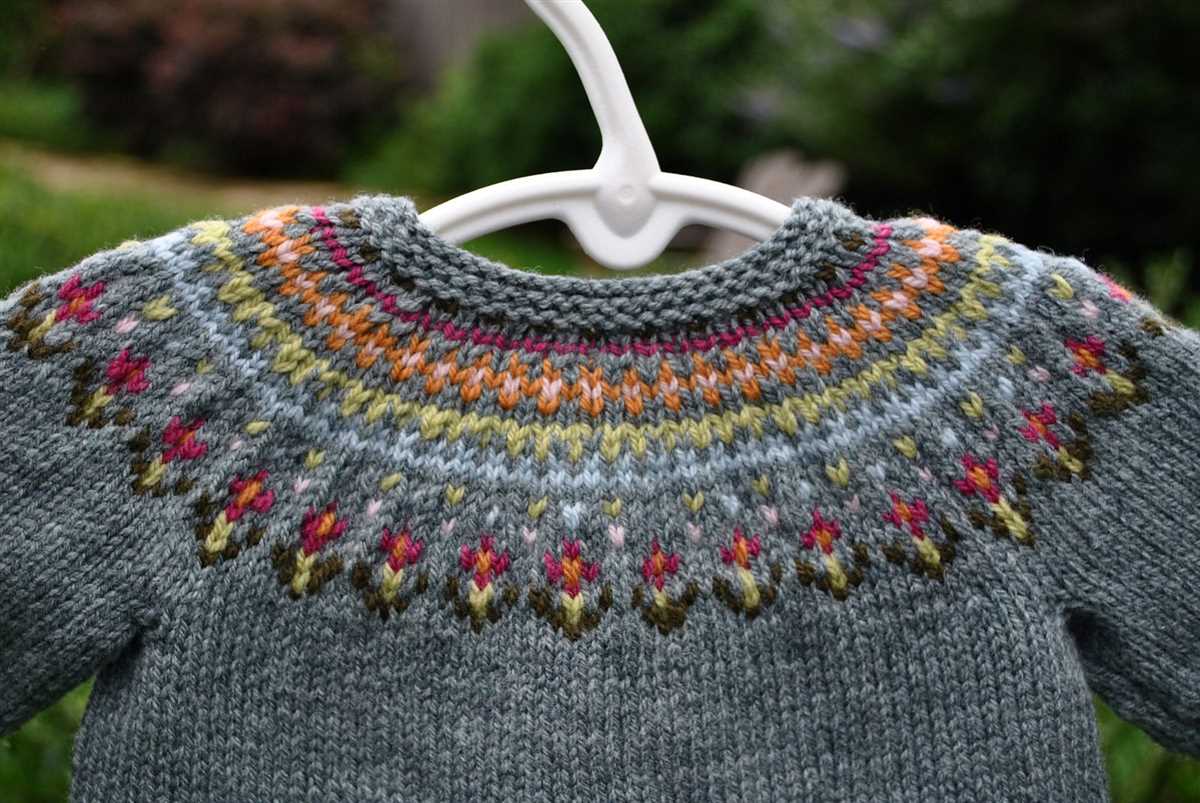
Layering your hand knitted cardigan is a great way to add warmth and dimension to your outfit. Try wearing it over a simple t-shirt or blouse for a casual look, or layer it over a button-down shirt for a more polished ensemble. You can also experiment with different textures by layering your cardigan over a lace or silk top.
2. Belt it
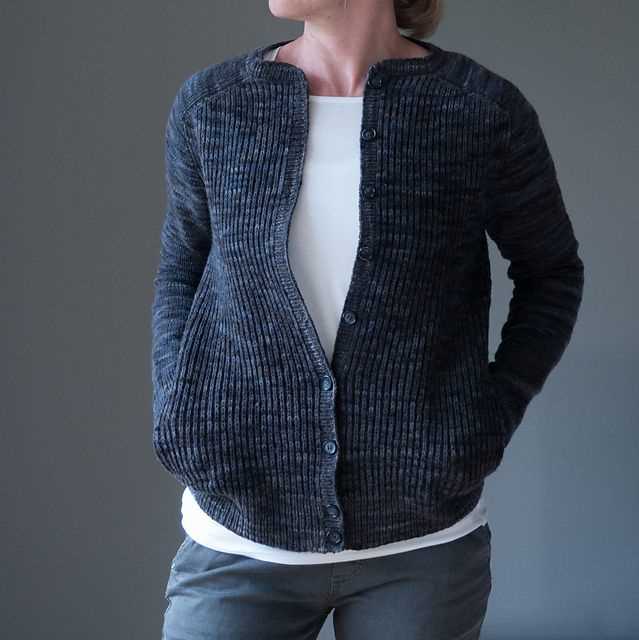
Add shape and definition to your hand knitted cardigan by belting it at the waist. This will create a more tailored and figure-flattering silhouette, especially if your cardigan is oversized or loose-fitting. Choose a belt that complements the color and style of your cardigan, and experiment with different widths and buckle designs.
3. Dress it up or down
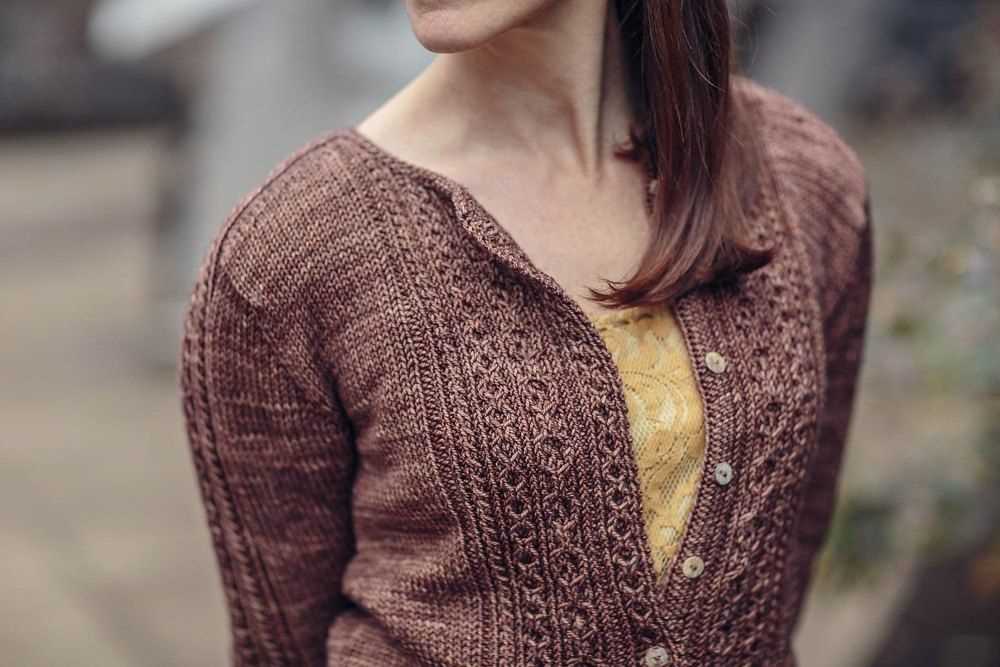
One of the great things about hand knitted cardigans is that they can be dressed up or down depending on the occasion. For a casual look, try pairing your cardigan with jeans and ankle boots. To dress it up, layer it over a dress or skirt and add heels or flats. You can also add statement accessories, such as a chunky necklace or a colorful scarf, to elevate your outfit.
4. Play with colors
Hand knitted cardigans come in a wide range of colors, so don’t be afraid to experiment with different shades. If you prefer a classic and timeless look, opt for neutral colors like beige, gray, or black. For a bold and vibrant look, choose a cardigan in a bright or jewel tone color. You can also mix and match different colors by wearing a contrasting cardigan with your outfit.
5. Mix and match textures
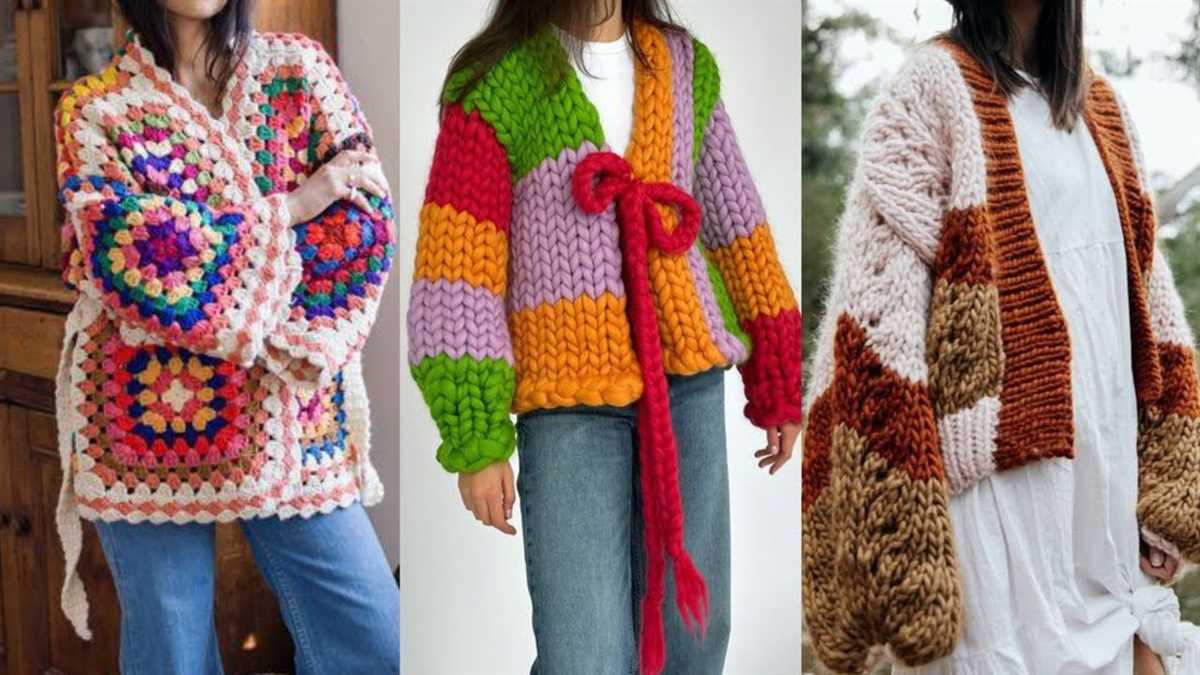
Another way to add interest to your hand knitted cardigan is by mixing and matching textures. Try pairing your cardigan with a leather skirt or pants for a chic and edgy look. You can also experiment with different fabric textures, such as pairing your cardigan with a velvet or satin top. Mixing textures will add dimension and visual appeal to your outfit.
- Layer your hand knitted cardigan over different tops for a variety of looks.
- Try belting your cardigan at the waist for a more tailored silhouette.
- Experiment with dressing your cardigan up or down for different occasions.
- Play with different colors to express your personal style.
- Mix and match textures to add visual interest to your outfit.
Hand Knitting Communities and Resources
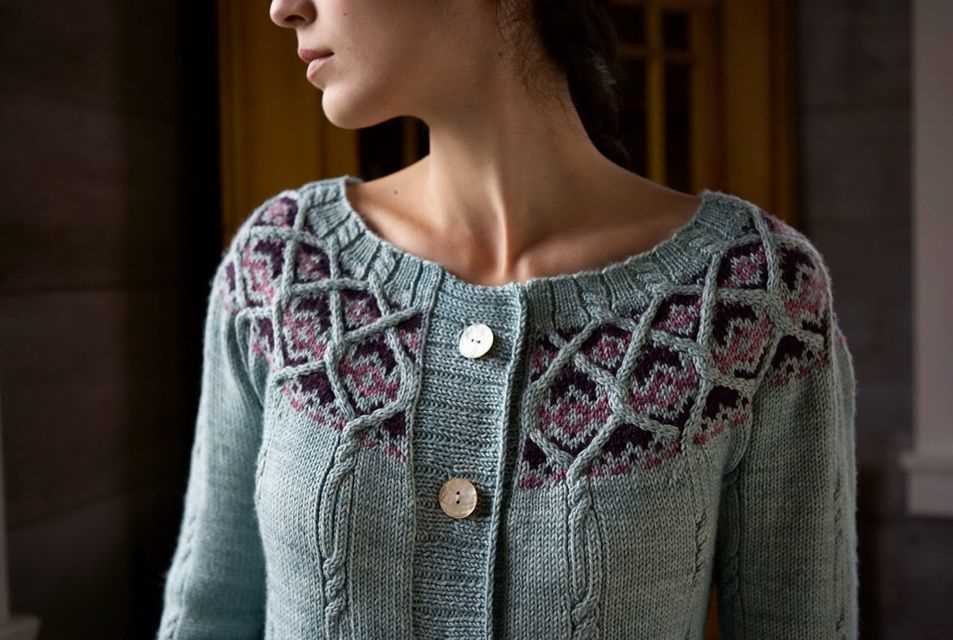
In addition to the vast array of hand knitting patterns available online, there are also a number of communities and resources that can be valuable for knitters looking to connect with others who share their passion. These communities provide opportunities for learning, inspiration, and support, making the journey of hand knitting even more enjoyable. Whether you’re a beginner or an experienced knitter, these resources can help you improve your skills and find new patterns and ideas.
One popular online community for hand knitters is Ravelry. Ravelry is a social networking site specifically tailored to knitters and crocheters. It allows users to connect with others, join groups, share their projects, and discover new patterns. With a vast database of patterns, many of which are free, Ravelry is a great resource for finding inspiration and connecting with like-minded individuals.
Another resource for hand knitters is local yarn shops. These shops often offer classes and workshops where knitters can learn new techniques and get personalized guidance from experienced instructors. Local yarn shops also provide a space for knitters to connect with others in their community, creating a sense of camaraderie and support.
Additionally, there are numerous knitting blogs and podcasts that provide valuable insights, tutorials, and product reviews. These online resources can be a treasure trove of information for hand knitters, offering tips and tricks, pattern recommendations, and discussions on various knitting topics.
Whether you prefer the camaraderie of an online community or the personal touch of a local yarn shop, there are plenty of resources available to support and inspire your hand knitting journey. By connecting with others who share your passion, you can enhance your skills, discover new patterns, and find endless inspiration for your next hand knitted project.